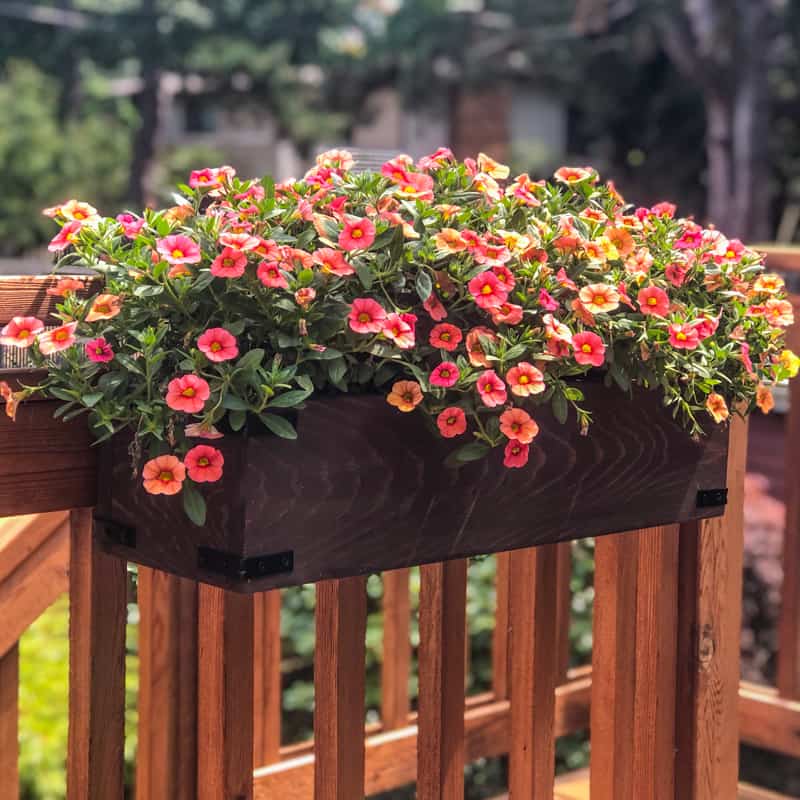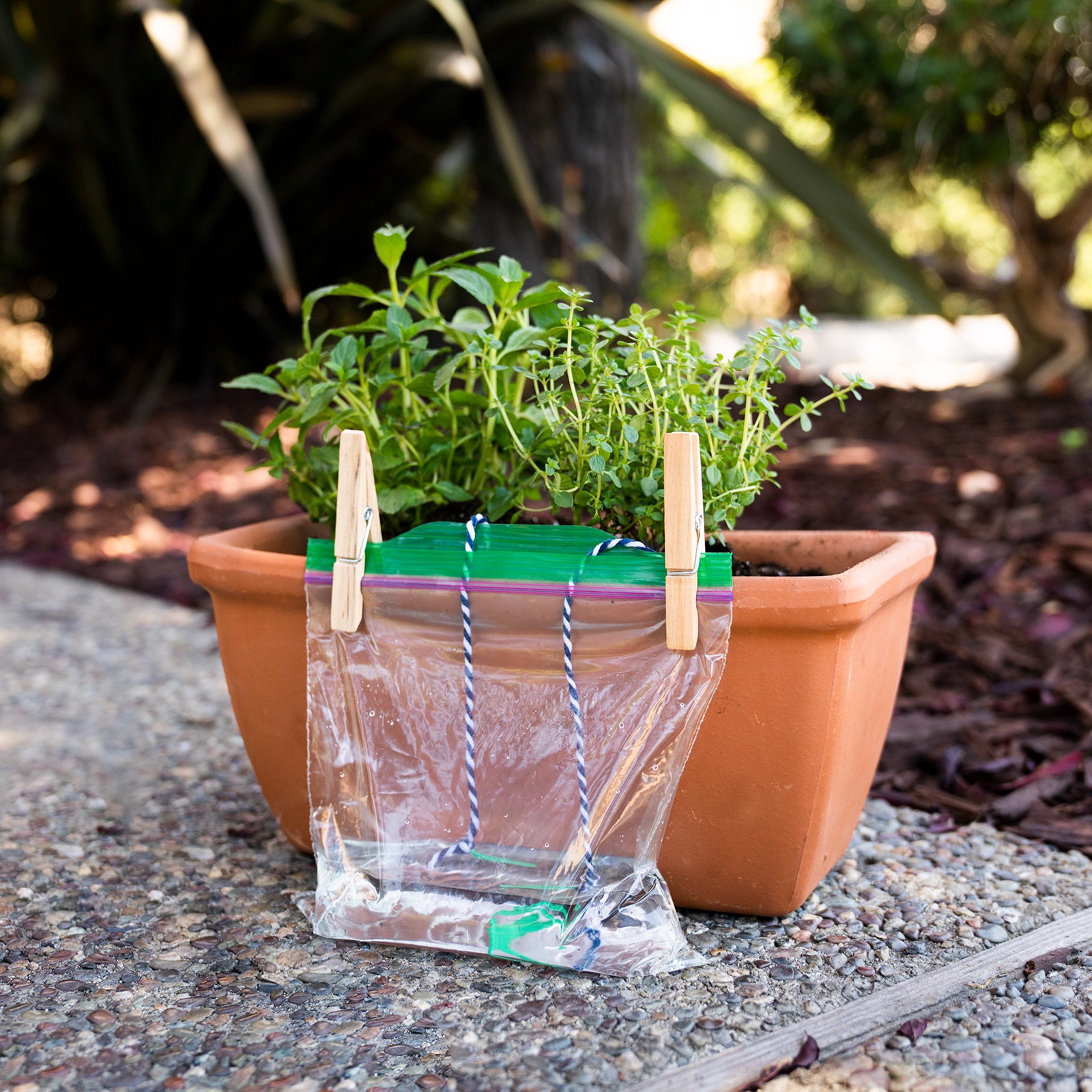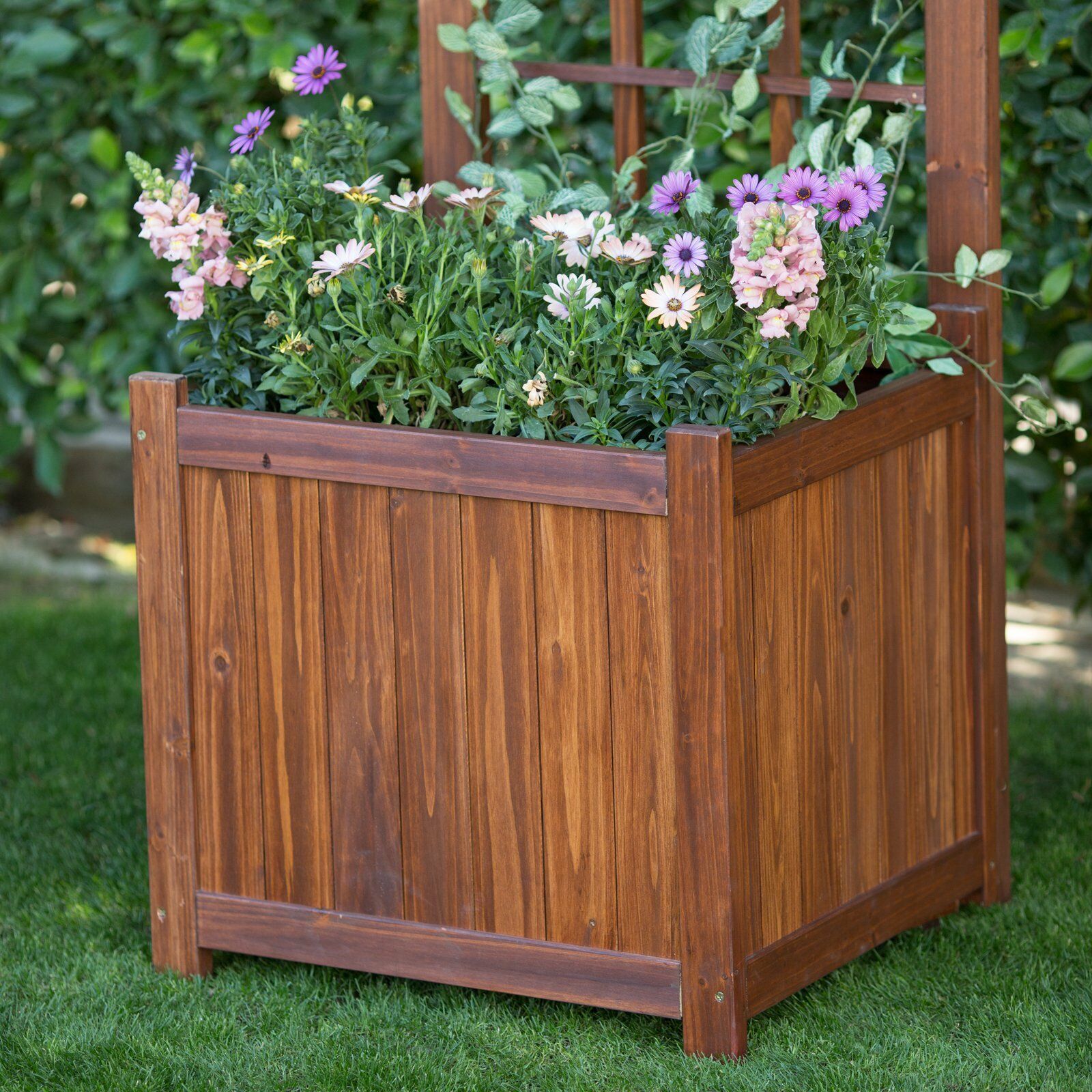Choosing the Right Plants for Your Planter Boxes
When it comes to selecting the best plants for planter boxes, there are several factors to consider. The right plants can elevate your outdoor space, adding a touch of beauty and serenity to your patio, balcony, or deck. To ensure your planter boxes thrive, it’s essential to choose plants that are well-suited to the conditions they’ll be growing in. This includes considering the amount of sunlight the planter box receives, as well as the soil and moisture levels.
One of the most critical factors in choosing the best plants for planter boxes is sunlight. Different plants have varying sunlight requirements, ranging from full sun to partial shade or full shade. For example, if your planter box receives direct sunlight for more than six hours a day, you’ll want to choose plants that are tolerant of high temperatures and intense light. On the other hand, if your planter box is shaded for most of the day, you’ll want to select plants that prefer partial or full shade.
In addition to sunlight, it’s also important to consider the soil and moisture levels in your planter box. Well-draining potting soil is essential to prevent waterlogged soil and root rot. You’ll also want to choose plants that are adapted to the moisture levels in your planter box. For example, if you tend to forget to water your plants, you’ll want to choose drought-tolerant plants that can survive with minimal watering.
Another key consideration when choosing the best plants for planter boxes is the mix of plants you select. A visually appealing arrangement can be created by combining plants with different textures, colors, and growth habits. For example, you might pair a tall, upright plant like a succulent with a trailing plant like a flowering vine. This will add depth and interest to your planter box, creating a beautiful display that will enhance your outdoor space.
By considering these factors and choosing the right plants for your planter boxes, you can create a stunning outdoor display that will thrive in a variety of conditions. Whether you’re looking to add a pop of color, create a soothing ambiance, or simply enhance your outdoor space, the best plants for planter boxes can help you achieve your goals.
How to Select Plants for Planter Boxes with Different Sunlight Conditions
When it comes to selecting the best plants for planter boxes, sunlight is a crucial factor to consider. Different plants have varying sunlight requirements, and choosing the right plants for your planter box’s sunlight conditions is essential for their survival and success. In this section, we’ll explore how to select plants for planter boxes that receive full sun, partial shade, or full shade.
For planter boxes that receive full sun (6+ hours of direct sunlight), choose plants that are tolerant of high temperatures and intense light. Some excellent options for full sun planter boxes include:
- Succulents like aloe, agave, and echeveria, which store water in their leaves and stems to survive dry conditions.
- Drought-tolerant herbs like rosemary, thyme, and oregano, which can thrive in hot, sunny conditions.
- Flowers like petunias, geraniums, and marigolds, which love full sun and can add a pop of color to your planter box.
For planter boxes that receive partial shade (4-6 hours of indirect sunlight), choose plants that prefer bright, indirect light. Some great options for partial shade planter boxes include:
- Leafy greens like lettuce, kale, and spinach, which prefer cooler temperatures and partial shade.
- Herbs like basil, mint, and lemongrass, which can thrive in partial shade and add fresh flavor to your cooking.
- Flowers like impatiens, coleus, and begonias, which prefer partial shade and can add a splash of color to your planter box.
For planter boxes that receive full shade (less than 4 hours of indirect sunlight), choose plants that prefer low light conditions. Some excellent options for full shade planter boxes include:
- Ferns and peace lilies, which prefer low light and can add a touch of greenery to your planter box.
- Herbs like parsley, chives, and cilantro, which can thrive in full shade and add fresh flavor to your cooking.
- Flowers like astilbe, heuchera, and coral bells, which prefer full shade and can add a pop of color to your planter box.
By choosing the right plants for your planter box’s sunlight conditions, you can create a thriving and beautiful display that will enhance your outdoor space.
Top Picks for Planter Box Plants: Flowers, Herbs, and Succulents
When it comes to selecting the best plants for planter boxes, there are many options to choose from. In this section, we’ll showcase a selection of popular and low-maintenance plants that are perfect for planter boxes, including flowers, herbs, and succulents.
Flowers are a great choice for planter boxes, adding a pop of color and vibrancy to your outdoor space. Some popular flower options for planter boxes include:
- Petunias: These annual flowers come in a variety of colors and are easy to care for. They thrive in full sun and well-draining soil.
- Geraniums: These flowers are known for their bright colors and ability to thrive in containers. They prefer well-draining soil and full sun to partial shade.
- Marigolds: These bright and cheerful flowers are easy to care for and can thrive in full sun to partial shade.
Herbs are another great option for planter boxes, adding fresh flavor to your cooking and fragrance to your outdoor space. Some popular herb options for planter boxes include:
- Basil: This popular herb is easy to care for and can thrive in well-draining soil and full sun to partial shade.
- Rosemary: This fragrant herb is perfect for planter boxes, preferring well-draining soil and full sun.
- Mint: This hardy herb can thrive in partial shade to full sun and prefers moist soil.
Succulents are a great choice for planter boxes, adding a touch of modern style and low-maintenance care. Some popular succulent options for planter boxes include:
- Aloe: This succulent is known for its healing properties and can thrive in well-draining soil and full sun to partial shade.
- Echeveria: This succulent is perfect for planter boxes, preferring well-draining soil and full sun to partial shade.
- Crassula: This succulent is easy to care for and can thrive in well-draining soil and full sun to partial shade.
These are just a few examples of the many plants that can thrive in planter boxes. By choosing the right plants for your planter box, you can create a beautiful and low-maintenance display that will enhance your outdoor space.
Considerations for Planter Box Size and Plant Selection
When selecting plants for your planter box, it’s essential to consider the size and scale of the container. Choosing plants that are too large or too small for the planter box can lead to a less-than-desirable display. In this section, we’ll discuss the importance of choosing plants that fit the size and scale of the planter box, and provide guidance on selecting plants with compact growth habits for smaller containers and larger plants for bigger containers.
For smaller planter boxes (less than 12 inches deep and 24 inches wide), choose plants with compact growth habits that won’t outgrow the container. Some excellent options for small planter boxes include:
- Herbs like thyme, rosemary, and oregano, which are naturally compact and can thrive in small containers.
- Flowers like petunias, geraniums, and begonias, which come in compact varieties that are perfect for small planter boxes.
- Succulents like aloe, echeveria, and crassula, which are low-maintenance and can thrive in small containers.
For larger planter boxes (over 12 inches deep and 24 inches wide), choose plants with more robust growth habits that can fill out the container. Some excellent options for large planter boxes include:
- Shrubs like boxwood, lavender, and rosemary, which can grow quite large and provide a dramatic display.
- Perennials like daylilies, coneflowers, and black-eyed susans, which can grow quite tall and provide a stunning display.
- Grasses like pampas grass, fountain grass, and blue oat grass, which can add movement and texture to the planter box.
By choosing plants that fit the size and scale of the planter box, you can create a beautiful and balanced display that will enhance your outdoor space. Remember to consider the mature size of the plant, as well as its growth habits, to ensure that the plant will thrive in the planter box.
Real Product Showcase: Self-Watering Planter Boxes for Busy Gardeners
For busy gardeners, finding the time to water and care for plants can be a challenge. That’s why self-watering planter boxes are a great solution. These innovative planters allow plants to draw water as needed, reducing the risk of overwatering and underwatering. In this section, we’ll highlight a few self-watering planter box products that can help busy gardeners keep their plants thriving.
One popular option is the Lechuza Self-Watering Planter. This planter features a built-in water reservoir that allows plants to draw water as needed. The planter is made from high-quality plastic and is designed to be durable and long-lasting. The Lechuza Self-Watering Planter is perfect for busy gardeners who want to keep their plants healthy and thriving without having to constantly water them.
Another great option is the Urpower Self-Watering Planter Box. This planter features a unique watering system that allows plants to draw water from a built-in reservoir. The planter is made from high-quality wood and is designed to be stylish and functional. The Urpower Self-Watering Planter Box is perfect for gardeners who want to add a touch of elegance to their outdoor space while also keeping their plants healthy and thriving.
Self-watering planter boxes are a great solution for busy gardeners who want to keep their plants healthy and thriving without having to constantly water them. These innovative planters allow plants to draw water as needed, reducing the risk of overwatering and underwatering. By using a self-watering planter box, gardeners can enjoy the benefits of gardening without the hassle of constant watering.
In addition to the Lechuza and Urpower self-watering planters, there are many other great options available on the market. Some other popular brands include:
- EarthBox: Known for their high-quality self-watering planters, EarthBox offers a range of products that are perfect for busy gardeners.
- Smart Garden: This brand offers a range of self-watering planters that are designed to be stylish and functional.
- AeroGarden: This brand offers a range of self-watering planters that are perfect for indoor and outdoor gardening.
By using a self-watering planter box, gardeners can enjoy the benefits of gardening without the hassle of constant watering. These innovative planters allow plants to draw water as needed, reducing the risk of overwatering and underwatering. Whether you’re a busy gardener or just starting out, self-watering planter boxes are a great solution for keeping your plants healthy and thriving.
Planter Box Plant Care 101: Tips for Watering, Fertilizing, and Pruning
Once you’ve selected the perfect plants for your planter box, it’s essential to provide them with the right care to ensure they thrive. In this section, we’ll offer advice on caring for plants in planter boxes, including watering schedules, fertilization tips, and pruning techniques to maintain plant health and appearance.
Watering is one of the most critical aspects of planter box plant care. Overwatering can lead to root rot and other problems, while underwatering can cause plants to become stressed and wilted. To avoid these issues, it’s essential to water your plants correctly. Here are some tips to keep in mind:
- Check the soil moisture by sticking your finger into the soil up to the first knuckle. If the soil feels dry, it’s time to water.
- Water your plants in the morning, so the plants have the entire day to absorb the water.
- Avoid getting water on the leaves or crown of the plant, as this can cause rot and other problems.
Fertilization is another crucial aspect of planter box plant care. Fertilizers provide essential nutrients that promote healthy growth and development. Here are some tips to keep in mind:
- Use a balanced fertilizer that contains equal amounts of nitrogen, phosphorus, and potassium.
- Fertilize your plants during the growing season (spring and summer), when they are actively producing new growth.
- Avoid overfertilizing, as this can cause more harm than good.
Pruning is an essential part of planter box plant care, as it helps maintain plant shape and promotes healthy growth. Here are some tips to keep in mind:
- Prune your plants regularly to maintain shape and promote healthy growth.
- Remove any dead or diseased leaves or stems, as these can spread disease and attract pests.
- Use clean, sharp pruning tools to avoid spreading disease and causing damage to the plant.
By following these tips, you can provide your planter box plants with the care they need to thrive. Remember to monitor your plants regularly and adjust your care routine as needed to ensure they remain healthy and happy.
Common Mistakes to Avoid When Planting in Planter Boxes
When planting in planter boxes, there are several common mistakes to avoid. These mistakes can lead to poor plant growth, reduced yields, and even plant death. In this section, we’ll discuss some of the most common mistakes to avoid when planting in planter boxes.
One of the most common mistakes is overwatering. Planter boxes can be prone to waterlogging, especially if the soil is heavy clay or if the box is not well-draining. Overwatering can cause roots to rot, leading to plant death. To avoid overwatering, make sure to check the soil moisture regularly and only water when necessary.
Another common mistake is underwatering. While planter boxes can be prone to waterlogging, they can also dry out quickly, especially in hot weather. Underwatering can cause plants to become stressed, leading to reduced growth and yields. To avoid underwatering, make sure to water plants regularly, especially during hot weather.
Using low-quality potting soil is another common mistake. Low-quality potting soil can lack essential nutrients, leading to poor plant growth. To avoid this mistake, make sure to use high-quality potting soil that is specifically designed for planter boxes.
Not providing enough sunlight is another common mistake. Most plants require at least 6 hours of direct sunlight per day to thrive. If your planter box is not receiving enough sunlight, consider moving it to a sunnier location or using grow lights.
Not fertilizing plants regularly is another common mistake. Fertilizing plants regularly can provide essential nutrients, leading to healthy growth and increased yields. To avoid this mistake, make sure to fertilize plants regularly, following the instructions on the fertilizer package.
Not pruning plants regularly is another common mistake. Pruning plants regularly can help maintain shape, promote healthy growth, and increase yields. To avoid this mistake, make sure to prune plants regularly, following the instructions on the plant label.
By avoiding these common mistakes, you can help ensure that your planter box plants thrive. Remember to always follow the instructions on the plant label and to research specific care requirements for each plant variety.
Get Creative with Planter Box Arrangements and Designs
Planter boxes are a versatile and creative way to add some greenery to your outdoor space. But why stop at just a simple planter box? With a little creativity, you can turn your planter box into a stunning work of art that adds visual interest and beauty to your garden or patio.
One way to get creative with planter box arrangements is to try a vertical garden. This involves stacking multiple planter boxes on top of each other to create a living wall of plants. You can use a trellis or a wall-mounted planter to create a vertical garden, and add a variety of plants with different textures and colors to create a visually appealing display.
Another way to get creative with planter box arrangements is to try a tiered planter. This involves using multiple planter boxes of different sizes and stacking them on top of each other to create a multi-level display. You can use a variety of plants with different growth habits and textures to create a visually appealing display.
Themed planters are another great way to get creative with planter box arrangements. You can choose a theme, such as a tropical or desert theme, and select plants that fit with that theme. You can also add decorative elements, such as seashells or rocks, to create a visually appealing display.
Finally, you can also get creative with planter box arrangements by using different shapes and sizes of planter boxes. You can use a variety of shapes, such as round, square, or rectangular, and sizes, such as small, medium, or large, to create a visually appealing display.
By getting creative with planter box arrangements and designs, you can add some visual interest and beauty to your outdoor space. Whether you’re looking to create a vertical garden, a tiered planter, or a themed planter, there are many ways to get creative with planter boxes and make your outdoor space stand out.









